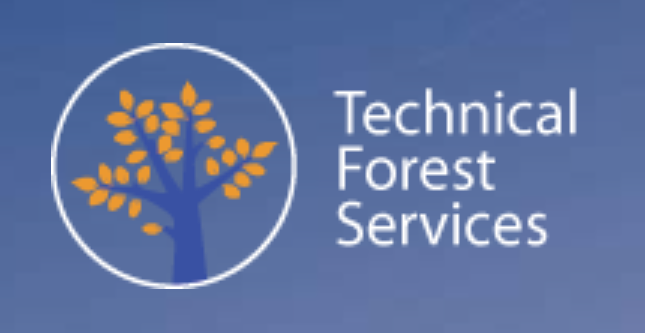Research and evaluation (Evaluation projects)
Project E1: Coastal IFOA koala browse tree review
The NSW Forest Monitoring Steering Committee will review the Coastal IFOA koala browse tree list for the upper and lower north-east CIFOA subregion. This review is based on advice from our koala research report.
To support the review, we have engaged subject matter experts:
- Associate Professor Ben Moore, Hawkesbury Institute for the Environment, Western Sydney University
- Dr Karen Ford, Research Fellow, College of Science, Australian National University.
The Steering Committee will advise on whether to:
- list ironbarks (particularly Eucalyptus paniculata and possibly E. siderophloia), flooded gum (E. grandis) and spotted gum (Corymbia maculata) as secondary browse species
- elevate small-fruited grey gum (E. propinqua) from a secondary to primary browse species.
The Steering Committee will also analyse the potential impacts to wood supply and other environmental risks of such adjustments to the Coastal IFOA koala browse tree list with advice from relevant agencies and experts. This review will inform the NSW Government’s five yearly review of the Coastal IFOA.
Project E2: Compliance evaluation
 |
We engaged Technical Forest Services to assess whether non-compliances are compromising the outcomes or ability to monitor the effectiveness of the Coastal IFOA conditions. This is one of four primary evaluation questions established under the Coastal IFOA monitoring program.
Dr. Peter Volker leads the team from Technical Forest Services. He is a forest scientist with over 40 years of national and international professional experience. Peter has qualifications and experience in government regulations and compliance investigations. He has a strong technical and operational background, with a strong interest in sustainable forest management and integration of production and conservation in the landscape.
The evaluation is underway with a final report is expected in the first half of 2024.
Project E3: Species and habitat survey and modelling conditions and practices
- Final report - Synthesis of evaluation outputs (February 2024)
- Research note - Evaluation of forestry surveys and modelling in NSW (April 2024)
The program engaged Dr Sarah Munks, University of Tasmania, and Dr Phil Bell of Biodiversity Maintenance Australia to evaluate the effectiveness of pre-harvest survey and modelling conditions and practices used in the Coastal IFOA. These surveys and modelling are used to identify and protect species and habitat of importance.
The evaluators delivered a final synthesis report based on extensive evidence documented in interim reports. We produced a research note to outline their findings.
Findings
The review found that Coastal IFOA species and habitat surveys and associated models were reasonably effective overall in identifying the presence of the focal species and associated habitat features. However, for some species the methods would benefit from review and improvement. Species identified by the authors as requiring priority attention include the Marbled Frogmouth, Albert’s Lyrebird, Rufous Scrub-bird and a particular frog genus (Philoria).
The review also found that a lack of historical monitoring and outcomes reporting has led to uncertainty around the effectiveness of some of the current Coastal IFOA practices and management actions. However, the authors note recent initiatives under the Coastal IFOA Monitoring Program should address this issue, in particular the fauna monitoring program.
Recommendations
The review identified over 70 recommendations to improve models, methods, training and for further research and monitoring. Some recommendations are discrete tasks that will be initiated in 2024, such as expert reviews for identified priority species.
Other recommendations are already being implemented, or relate to Coastal IFOA monitoring activities, including:
- Hastings River mouse – replace the existing model with the more recent Department of Primary Industries model for this species
- Koala (northern region) – review and improve the ‘browse prescription model’ and koala browse tree definition using new information on occurrence of food trees in Coastal IFOA regions
- Monitoring and review – conduct regular, consistent survey/monitoring as a basis for adaptive management and to counter the diminishing record dataset resulting from the 20-year invalidation period
- Monitoring and review – use historic records and records from ongoing surveys, projects and the biodiversity monitoring programs
- Koala (all regions) – trial alternative survey methods such as acoustic recorders, detection dogs, thermal cameras, and drones to supplement the methods already used in pre-harvest surveys
- Broad habitat assessment – explore the use of LiDAR for habitat modelling (for example, hollow-bearing trees) to further increase efficiency of the broad area habitat searches.
The remaining recommendations will undergo a prioritisation process led by Dr Munks, which will then inform an implementation plan to guide actions on priority recommendations.
Monitoring plan - Independent evaluation of forestry practices
